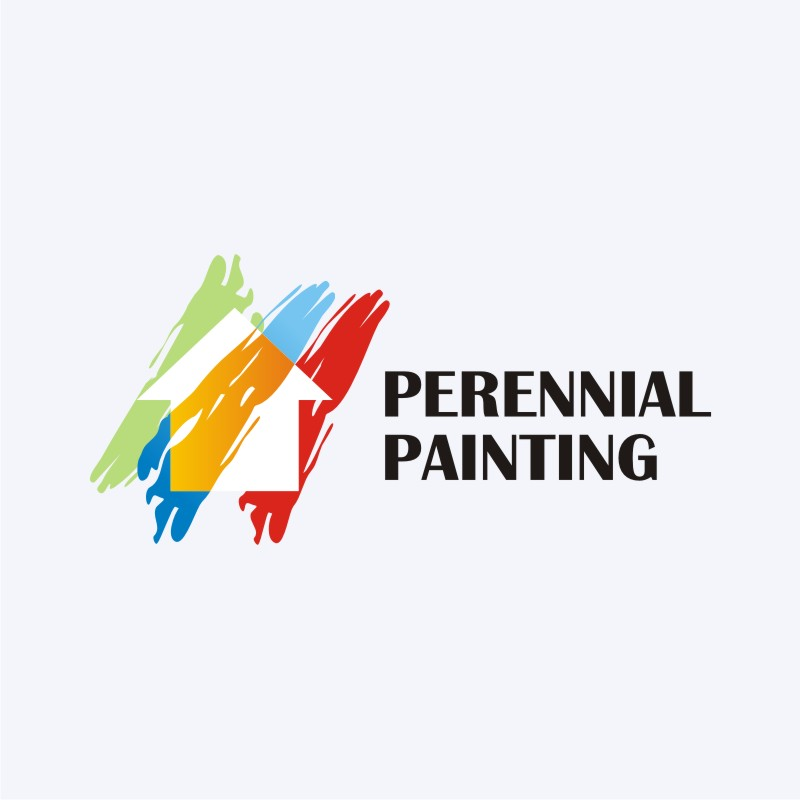Step-By-Step Guide To Readying Your Wall Surfaces For Painting
Step-By-Step Guide To Readying Your Wall Surfaces For Painting
Blog Article
Web Content By-Wong Kelley
When you're prepping your wall surfaces for paint, it's essential to follow a methodical process to ensure a flawless finish. Begin by analyzing the wall surface for any damages; this step can make or break your job. Once you've determined any kind of problems, cleansing the surface area appropriately is crucial, as a dirty wall surface can influence paint attachment. After that, you'll need to patch any kind of flaws and use a primer. However there are specific techniques and tips that can elevate your prep work game-- let's discover those additional to achieve the best results.
Assessing Wall Condition
Before you order your paintbrush, take a moment to analyze your wall surfaces' condition. Check for any type of visible damage like fractures, holes, or peeling off paint. These imperfections can influence exactly how the paint sticks and looks as soon as it's dry. If you notice any kind of considerable damages, you'll need to prioritize fixings before diving right into paint.
Look carefully at the appearance of your walls. Is the surface area smooth, or exists structure that might require unique consideration? Smooth wall surfaces generally require much less prep, while textured surfaces might require more time to paint uniformly.
Likewise, take into consideration the previous paint job. If click here for more info is shiny, it mightn't permit new paint to stick properly. You'll want to know if your wall surfaces have actually been painted with oil-based or water-based paint, as this can affect your option of guide or paint.
Finally, make note of any type of dampness concerns. If you see indicators of water damages or mold and mildew, address these problems right away to stop more issues.
Cleaning the Surface
As soon as you've analyzed the condition of your wall surfaces, the next step is cleansing the surface area. Begin by collecting your supplies: a bucket, warm water, a light cleaning agent, a sponge or towel, and a scrub brush for tougher spots.
Begin on top edge of the wall and function your method down. Mix the cleaning agent with warm water in your container, after that dip the sponge or cloth into the solution. Wring linked web site bent on prevent extreme dampness on the wall surfaces.
As you clean, pay attention to areas that may've accumulated dirt, oil, or fingerprints. For stubborn discolorations, utilize the scrub brush gently to stay clear of damaging the paint under. Rinse https://www.homesandgardens.com/interior-design/paint-finishes or towel frequently in clean water to stop spreading dirt around.
After cleaning, it's necessary to wipe the walls with a wet cloth to get rid of any kind of soap deposit. This step makes certain a smooth surface area for the new paint to follow.
Enable the walls to completely dry completely prior to carrying on to the following prep work steps. This comprehensive cleansing procedure will help produce a fresh canvas for your painting task, ensuring the best outcomes.
Patching and Priming
Patching and priming are crucial steps in preparing your walls for a fresh layer of paint. First, examine your walls for any kind of holes, cracks, or flaws. Make use of a premium spackling compound or patching paste to load these areas.
Use the substance with a putty blade, smoothing it out so it's flush with the surrounding surface. Enable it to completely dry entirely, and then sand it gently until it's smooth and also.
When you have actually patched every little thing, it's time to prime. Primer aids seal the covered areas, guaranteeing the paint sticks properly and provides a consistent finish. Select a primer ideal for your wall kind and the paint you'll be using.
Use the guide utilizing a roller for larger locations and a brush for corners and sides. If your patched areas are significantly large or porous, you might wish to apply a second coat of primer after the initial one dries out.
After priming, let every little thing dry thoroughly prior to going on to painting. This prep work will not only improve the appearance of your wall surfaces however likewise extend the life of your paint task.
Take your time, and you'll be pleased with the results.
Final thought
By following these basic actions, you can attain a smooth and professional surface on your walls. Begin by examining their problem, then clean and spot any type of flaws prior to applying guide. Remember to enable adequate drying out time and make certain everything is smooth before you dive into painting. With the right preparation, you'll set the stage for a lovely makeover in your space. Currently, gather your materials, breathe in the fresh air, and prepare yourself to paint!
